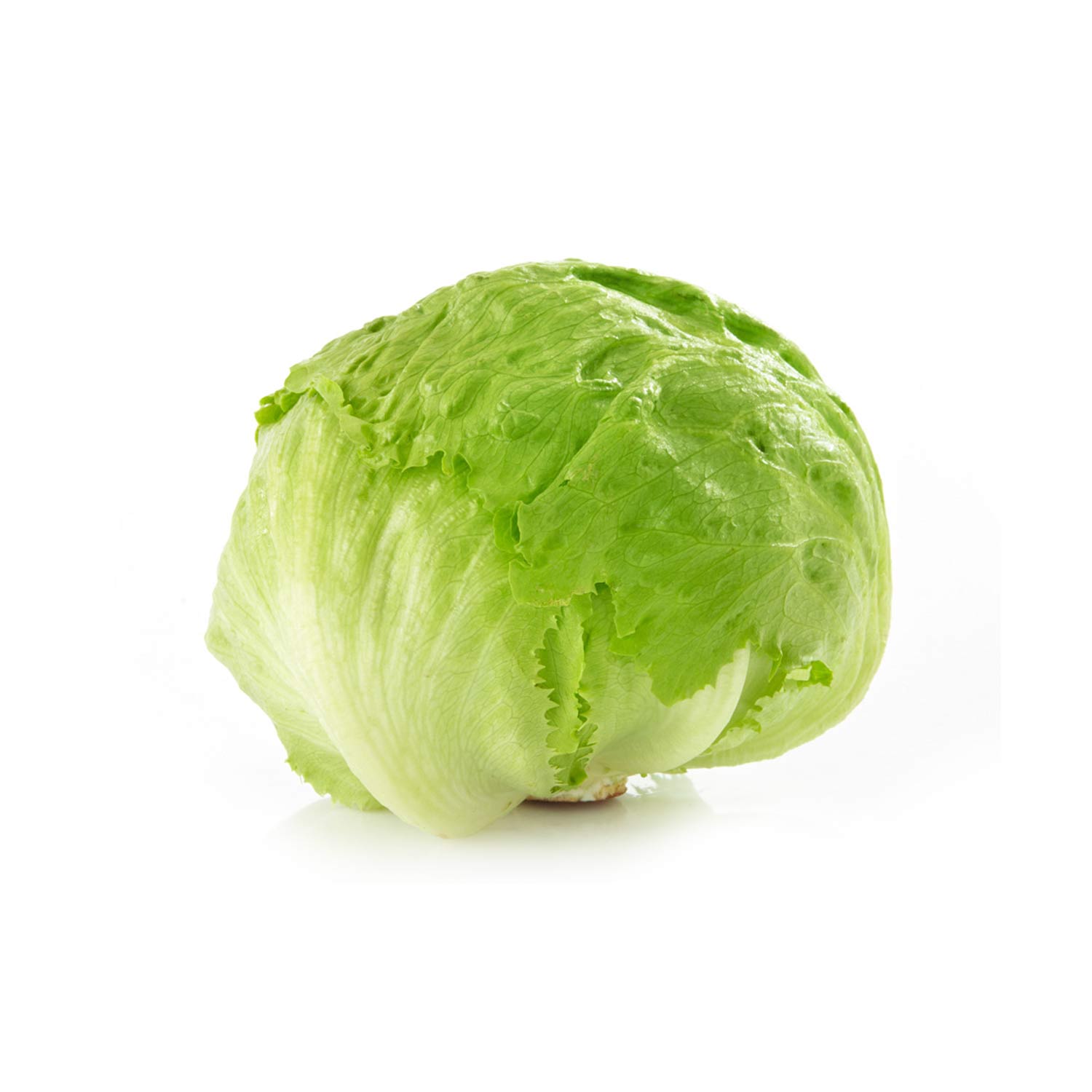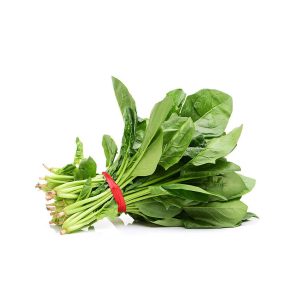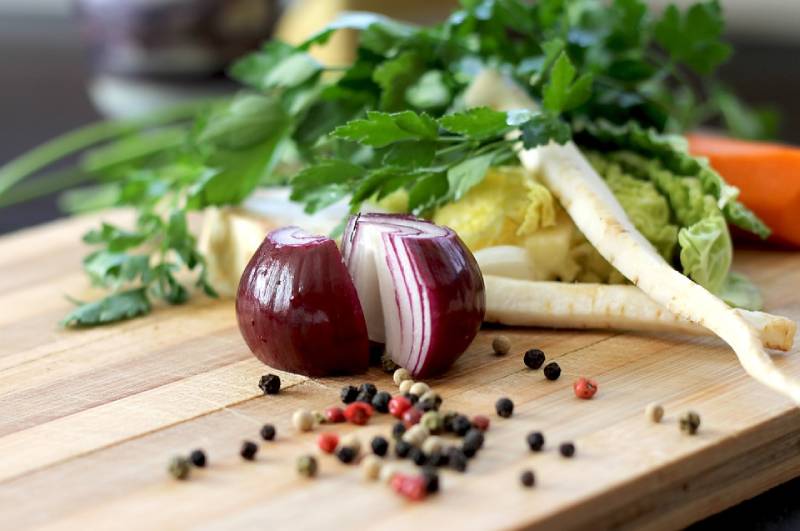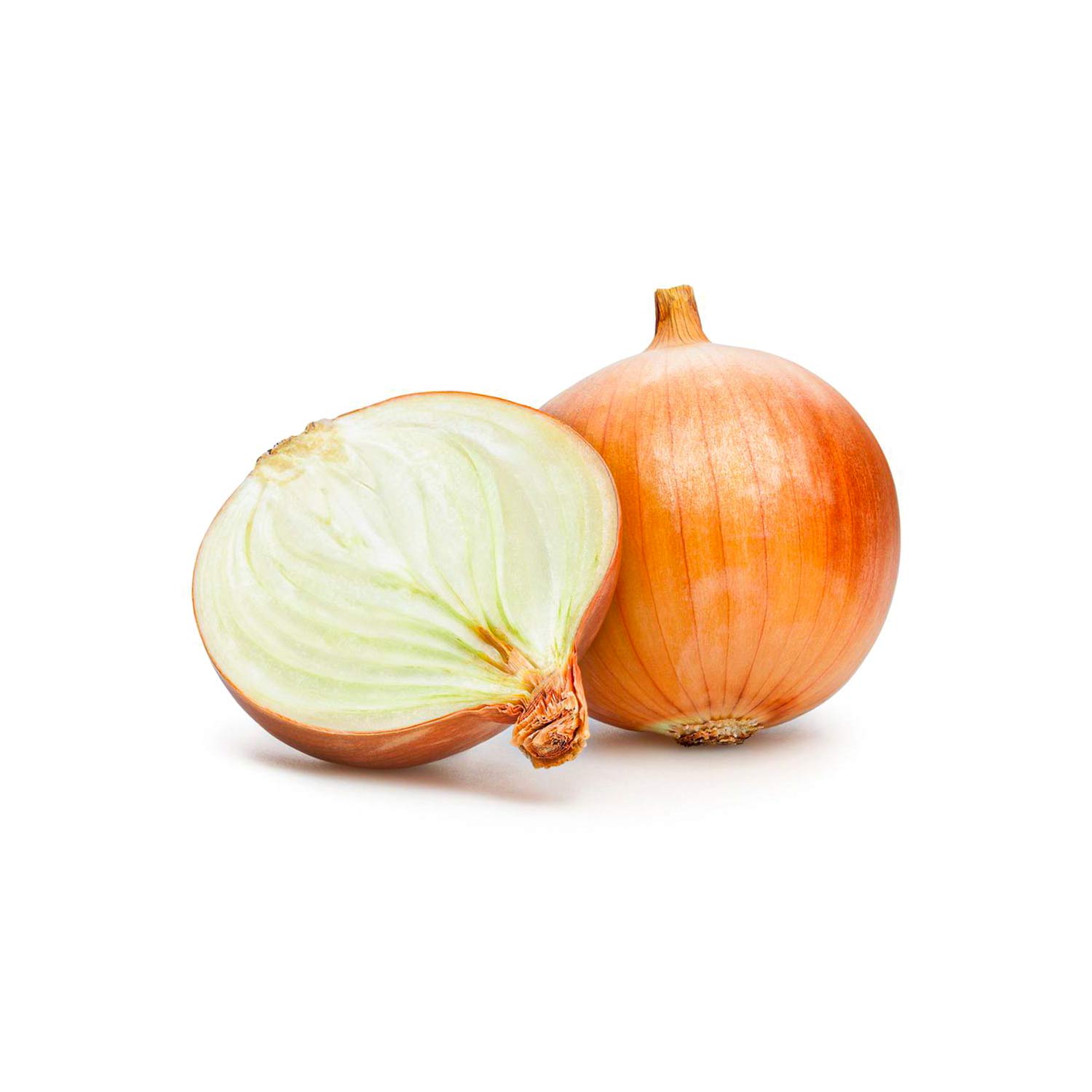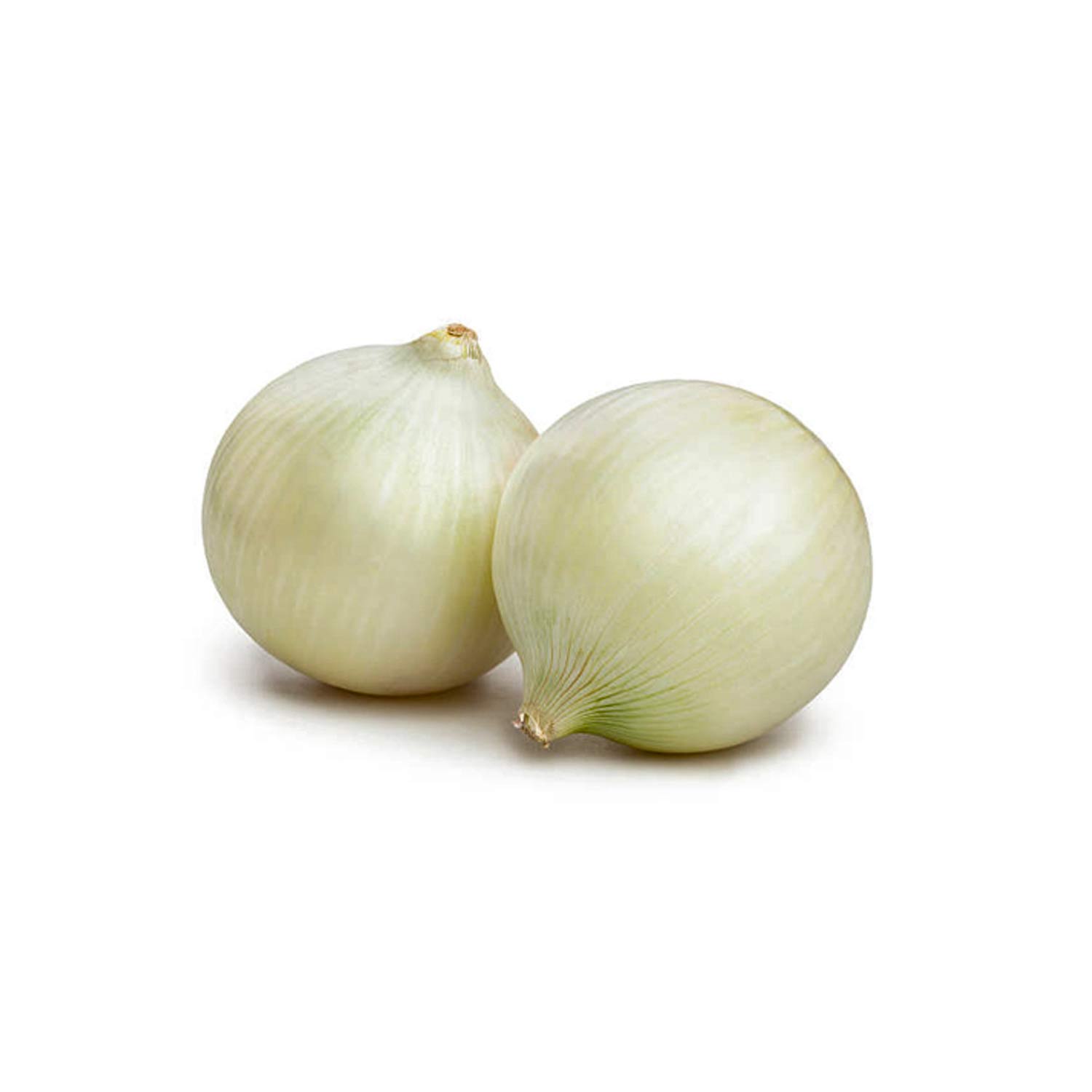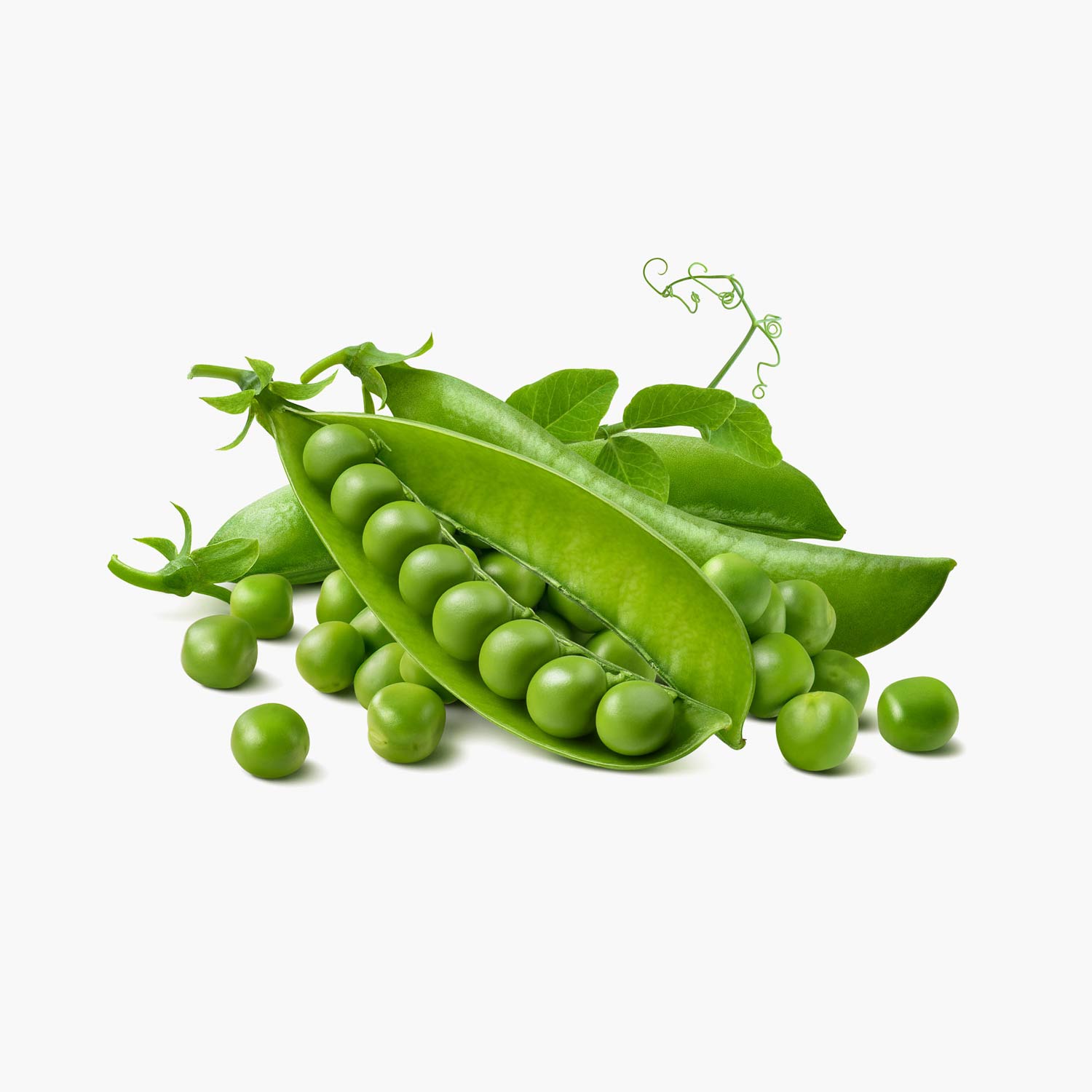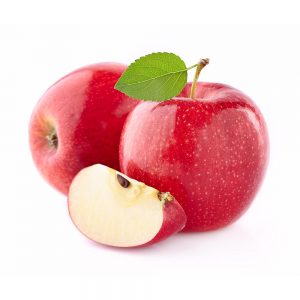A Crisp, Low-Calorie Addition to Your Diet
Discover the Health Benefits of Iceberg Lettuce
Iceberg lettuce is a widely used leafy green, commonly featured in salads, sandwiches, and wraps. Known for its crisp texture and mild flavor, it offers more than just a satisfying crunch. Although it may not be as nutrient-dense as darker greens, iceberg lettuce still contributes several health benefits that make it a smart addition to a balanced diet. In this article, we’ll explore why iceberg lettuce deserves a place on your plate.


Nutritional Value of Iceberg Lettuce
Iceberg lettuce is sometimes dismissed because of its lower nutrient profile compared to vegetables like spinach or kale. However, it still delivers key benefits:
Low in Calories
One of the biggest advantages of iceberg lettuce is its extremely low calorie count. A single cup contains only about 10 calories. As a result, it’s perfect for those trying to lose or maintain weight while still enjoying filling meals.Hydrating Properties
With about 96% water content, iceberg lettuce supports hydration. In fact, incorporating it regularly can help you stay refreshed, especially during warm weather or after workouts.Moderate Fiber Content
Although it contains less fiber than some other greens, iceberg lettuce still contributes to daily intake. In addition, this modest amount helps improve digestion and supports a feeling of fullness after meals.Essential Vitamins
Iceberg lettuce offers small amounts of Vitamin A, Vitamin K, and Vitamin C. Together, these nutrients support vital functions such as maintaining healthy skin, vision, bone strength, and immune response.
Health Benefits of Iceberg Lettuce
While iceberg lettuce might not be a superfood, it still provides several notable health benefits:
1. Aids in Weight Management
Because of its low calorie and high water content, iceberg lettuce allows you to enjoy large portions without excessive calorie intake. Therefore, it’s ideal for bulking up salads and meals while supporting weight control.
2. Boosts Hydration
Thanks to its high water percentage, iceberg lettuce contributes meaningfully to your daily fluid intake. Furthermore, staying hydrated is essential for regulating temperature, aiding digestion, and maintaining healthy skin.
3. Promotes Heart Health
Iceberg lettuce contains virtually no fat or cholesterol. When added to meals, it can help reduce reliance on calorie-dense or fatty ingredients, which supports cardiovascular health and may reduce the risk of heart disease. Moreover, replacing high-fat foods with lettuce-based alternatives encourages healthier eating habits.
4. Improves Digestion
The fiber in iceberg lettuce, though limited, still supports gut health. Eating it regularly can promote bowel regularity and help prevent constipation. Additionally, a fiber-rich diet helps maintain a balanced digestive system over time.
Easy Ways to Include Iceberg Lettuce in Your Diet
Iceberg lettuce is highly versatile and can fit into various dishes. Here are a few simple ways to enjoy it while benefiting from its nutritional profile:
Salads
Use it as a crisp base for salads. To boost nutrients, mix it with darker greens like spinach or arugula and add colorful vegetables and lean proteins.Wraps and Sandwiches
Iceberg leaves work well as low-carb wraps or sandwich layers. Try replacing bread or tortillas with lettuce for a crunchy, lower-calorie option. As a bonus, it also adds freshness to your meals.Smoothies
Blend iceberg lettuce into your smoothies for extra hydration. Its neutral taste blends easily with fruits and greens, adding volume and water content. In this way, it makes your drink more refreshing without changing the flavor.Tacos and Burgers
Use large leaves as a wrap for tacos or burgers. This not only cuts carbs but also adds a satisfying crunch to every bite. On the other hand, it offers a creative alternative to traditional buns or shells.
Final Thoughts
In summary, iceberg lettuce may not be the most nutrient-dense green, but it still plays a valuable role in a healthy diet. With its low calorie count, high water content, and versatility, it’s a great choice for anyone looking to eat healthier without sacrificing texture or flavor. So next time you’re planning a meal, don’t overlook the crisp, refreshing benefits of iceberg lettuce.

